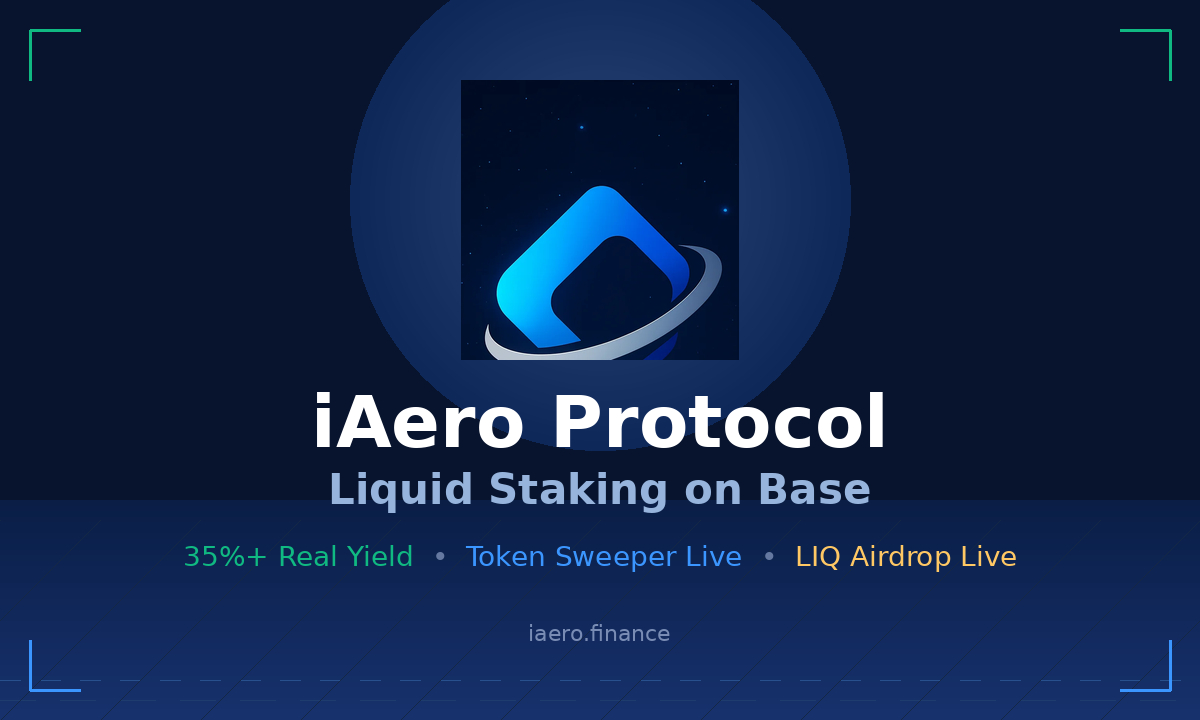The Decentralized Finance (DeFi) movement has been at the forefront of blockchain innovation. Yield farming is one of the emerging concepts in DeFi. It’s a novel technique to earn rewards with bitcoin holdings that make use of permissionless liquidity mechanisms. As a result, yield farming has the potential to alter how investors HODL in the future. Why sit on your assets when you can put them to use?

Definition
Yield farming is the technique of maximizing returns via the use of DeFi. On a DeFi network, users lend or borrow Bitcoin, Ethereum, altcoins and receive cryptocurrency in exchange for their services.
Farmers that desire to boost their crop production might use more complicated strategies. They constantly shift their cryptos across loan platforms to optimize their earnings. They’ll also keep the top-yield farming practices a closely guarded secret. The more individuals are aware of a plan, the less successful it becomes. Yield farming is the wild west of DeFi, with farmers competing to cultivate the greatest crops.

What is the process of yield farming?
Protocols based on the liquidity mining concept offer a diverse set of applications, ranging from decentralized exchanges to money markets, yield aggregators, and beyond. These initiatives benefited from establishing a network of early adopters who actively boost the project’s liquidity and engage in protocol governance. However, the first yield farming implementations were used to directly increase the liquidity of a given asset.
Yield farming lets investors earn a return by investing in a decentralized application, or dApp. Crypto wallets, decentralized exchanges (DEXs), decentralized social media, and other dApps are examples.
DEXs are commonly used by yield farmers to lend, borrow, or stake coins to earn interest and speculate on price volatility. Smart contracts, which automate financial agreements between two or more parties, promote yield farming via DeFi.

Farming yield types
Staking: In the universe of DeFi, there are two types of staking. The most common is on proof-of-stake blockchains, where a user is compensated to promise their tokens to the network in exchange for security. The second option is to stake LP tokens earned by providing liquidity to a DEX. Users may earn interest twice since they are compensated in LP tokens for delivering liquidity, which they can then invest to gain more yield.
Liquidity provider: Users deposit two currencies to a DEX to offer trading liquidity. To switch the two tokens, exchanges charge a nominal fee, which is paid to liquidity providers. This charge is occasionally paid in fresh liquidity pool (LP) tokens.
Lending: Using a smart contract, coin or token holders may lend crypto to borrowers and receive interest on the loan.
Borrowing: Farmers can use one token as security for another token loan. The borrowed monies can then be used to cultivate produce. In this manner, the farmer retains their initial holding, which may grow in value over time, while also collecting a dividend on their borrowed coins.
To continue learning about this topic, you can follow up here.
DISCLAIMER: The Information on this website is provided as general market commentary and does not constitute investment advice. We encourage you to do your own research before investing.
Join us to keep track of news: https://linktr.ee/coincu
Website: coincu.com
Harold
Coincu News















